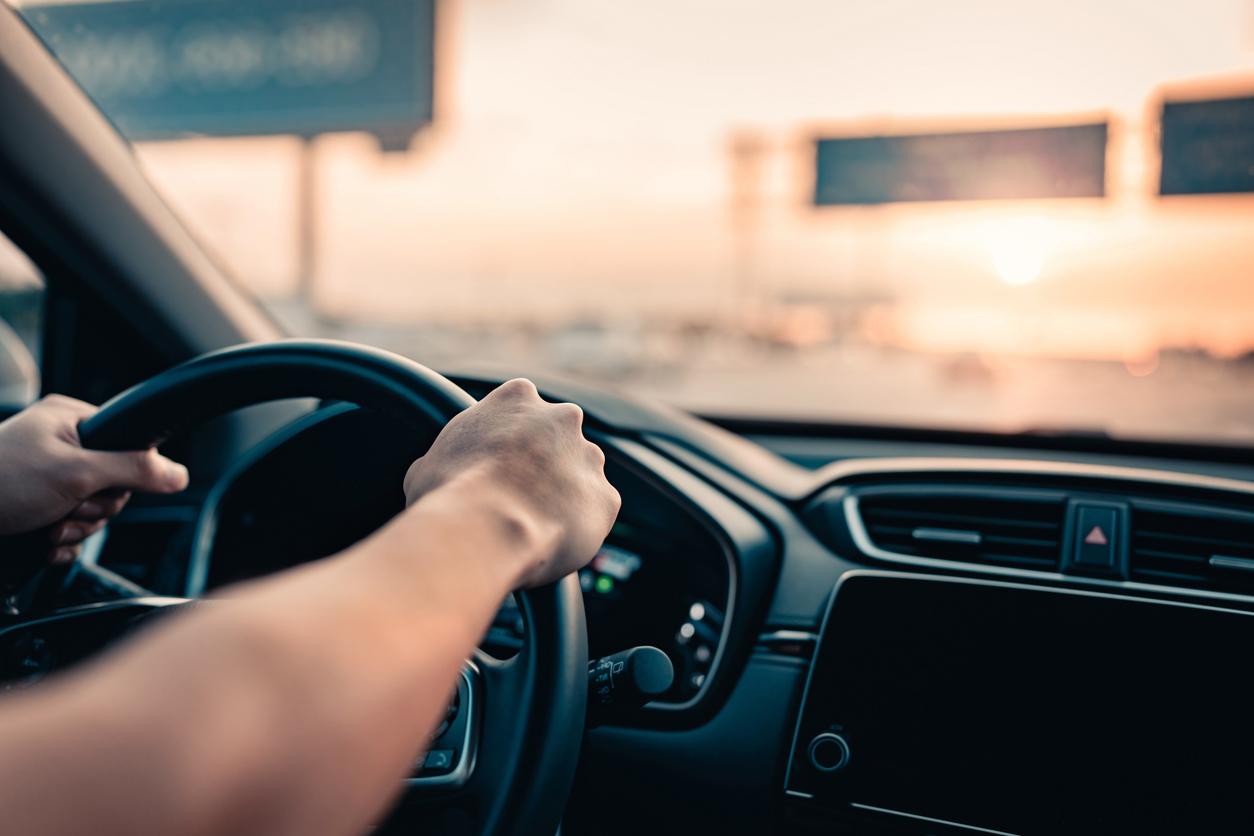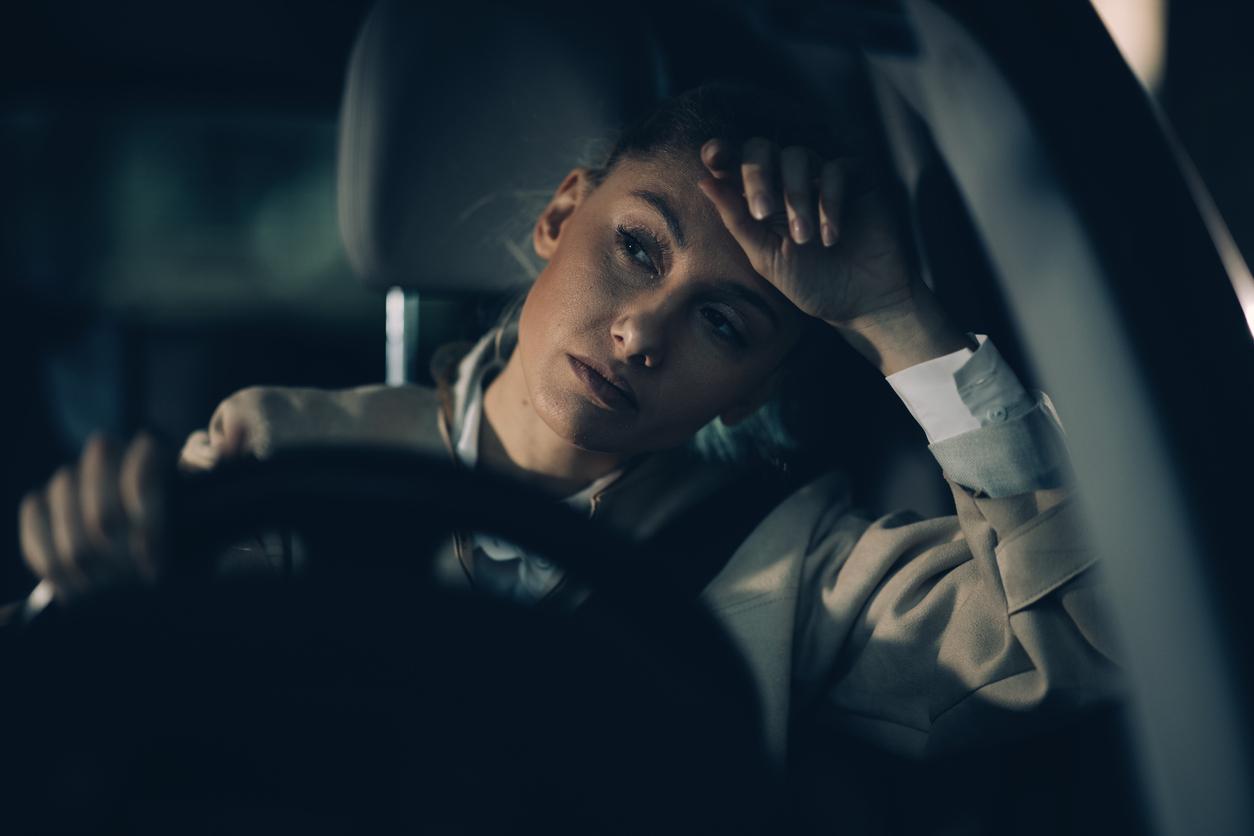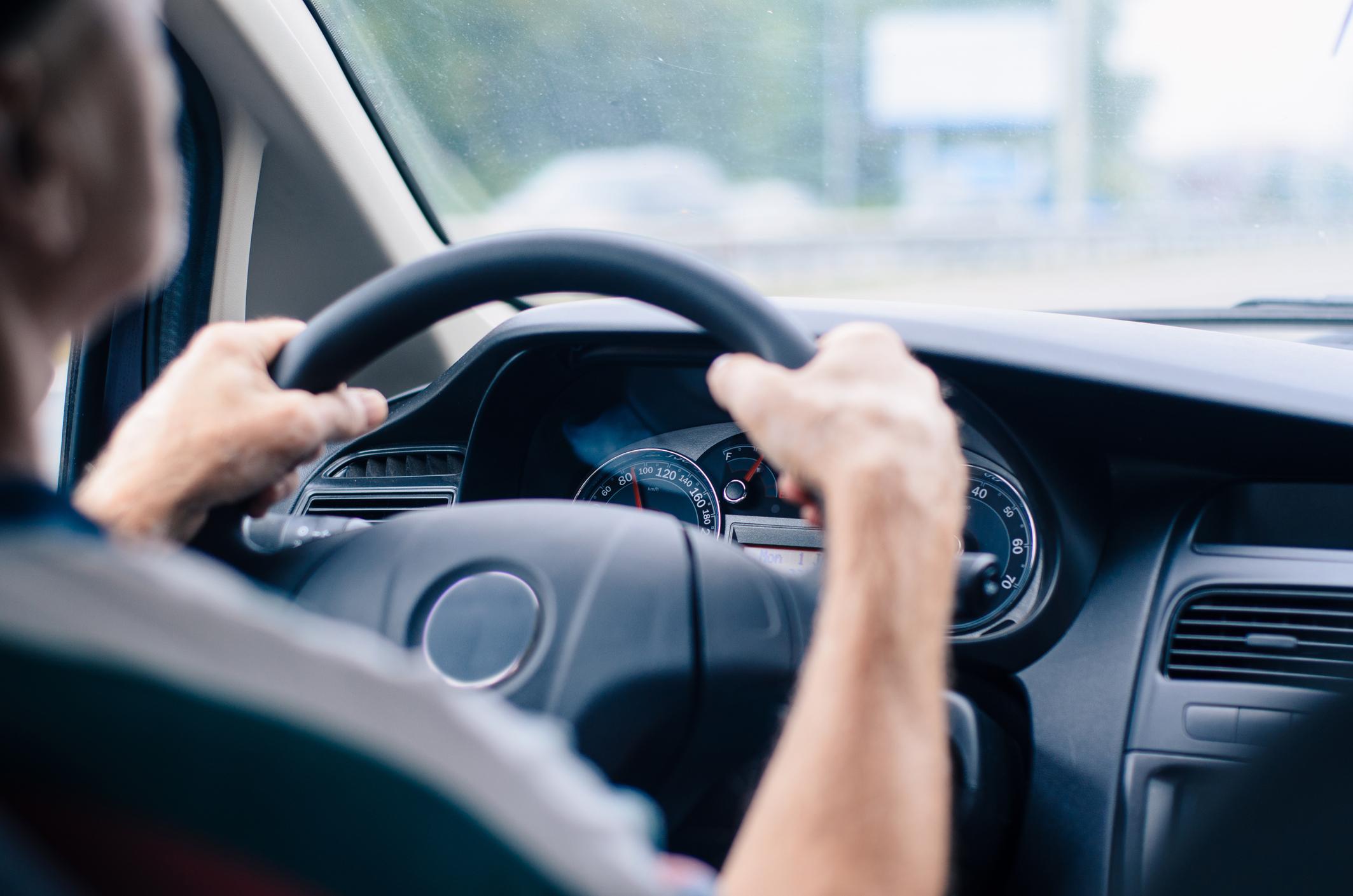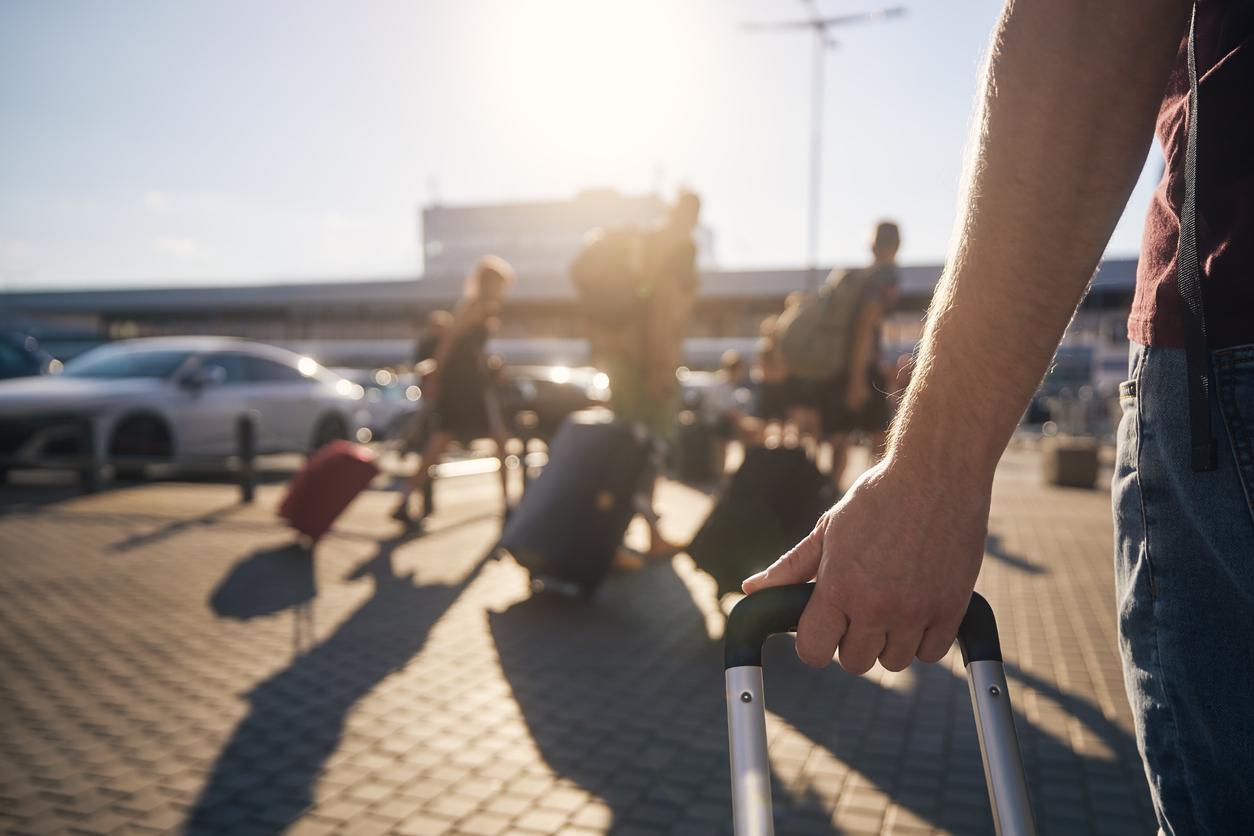In summer, repeated trips can be difficult for people suffering from motion sickness. A few tips can be used to guard against it or to stop the first symptoms when they appear.

- Motion sickness can affect anyone, but children aged 2 to 12 and pregnant or menstruating women are more susceptible to it.
- Applying a few tips can prevent this motion sickness or reduce its symptoms.
By car, by bus, by train, by plane or by boat… The summer holidays are often the occasion for many trips. For some, these moments are more painful than for others. Blame it on motion sickness. This is due to a contradiction between the information transmitted by the eyes and that provided by the vestibule, an organ located in the inner ear. The person who suffers from it can have different symptoms: nausea, dizziness, cold sweats, headaches, fatigue, hypersalivation, rapid breathing, etc. However, if the journeys are repeated consecutively, it is very likely that the motion sickness will subside after a few days.
Tips to avoid motion sickness
To prevent this discomfort, there are a few tips. First of all, avoid too large meals before the trip: eat something solid in reasonable quantities. Then, before and during the trip, it is better not to consume alcohol, coffee or tobacco, products that could cause motion sickness.
Whatever your means of transport, it is better to postpone activities that require visual attention, such as reading and writing. In a car, the best seat for people suffering from this ailment is in the front – next to the driver – or in the middle in the back. On a boat, the trip will be more enjoyable, weather permitting, outside rather than inside. And if you want to sit, prefer a place in the direction of travel (advice also valid in the train) and in the center of the device, where you feel less movement (same for the plane). Finally, for all other closed means of transport, stand near a window to look into the distance.
But once the motion sickness is there, what to do?
If you have not been able to apply these tips before your trip or they have proven ineffective, other solutions exist! First, as soon as you feel the first symptoms of motion sickness, close your eyes and, if possible, get some fresh air. In the car, stopping for a few minutes or simply getting behind the wheel could also relieve you!
Although they are prone to it as passengers, drivers generally do not experience motion sickness. On the other hand, putting a damp cloth over your head – ideally lying down – could also be a life-saving break for some people. Finally, it is also possible to take medication before the trip or when you feel the first symptoms of motion sickness. Your pharmacist can easily guide you on the treatment that best suits you, depending on your age and your symptoms.
Other situations cause motion sickness
Those most affected by motion sickness are usually children between the ages of two and twelve and pregnant or menstruating women. But all other adults can also experience these travel inconveniences. Finally, other situations cause similar symptoms such as video games or earth sickness, that is to say the return to land after a long boat trip!
.

















